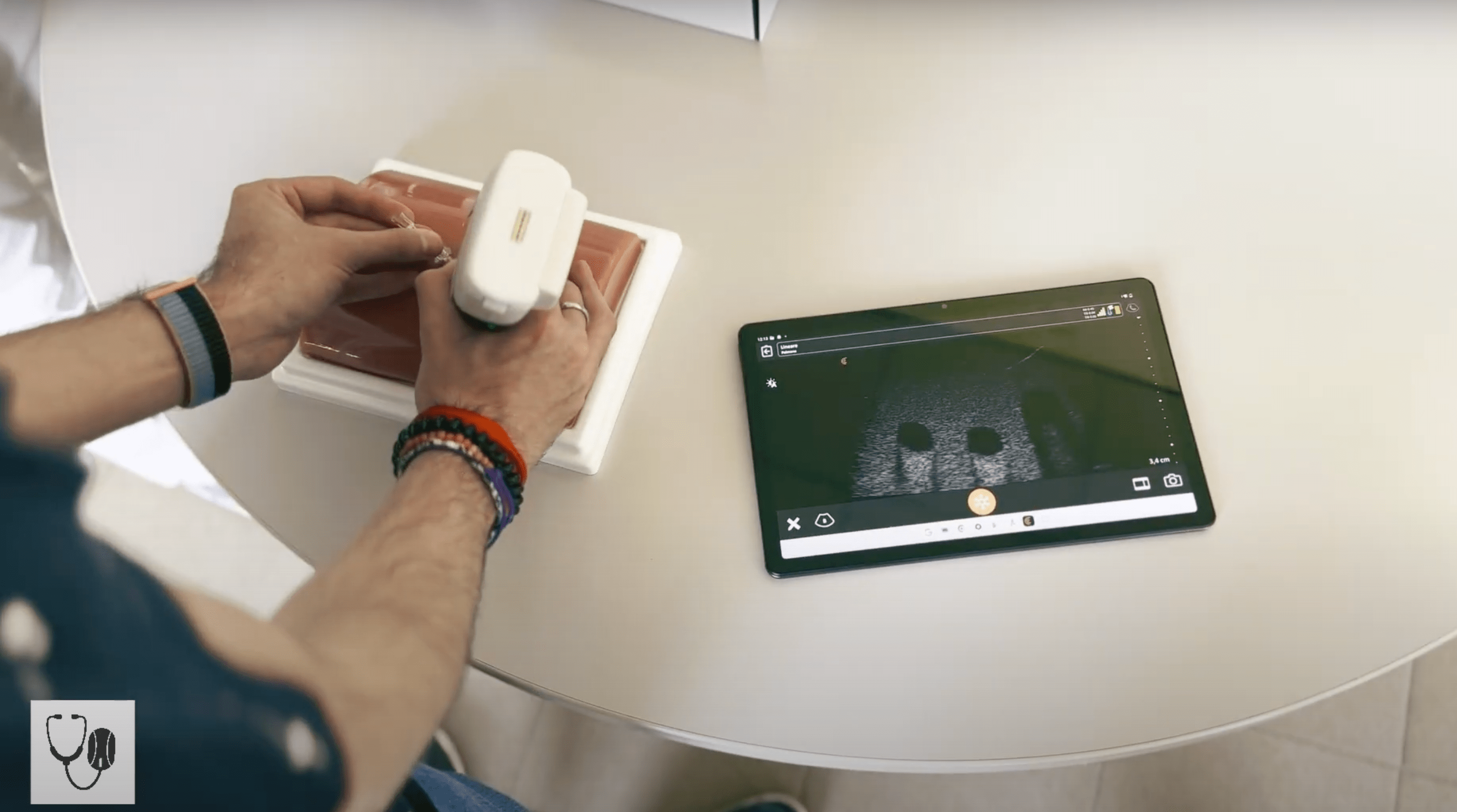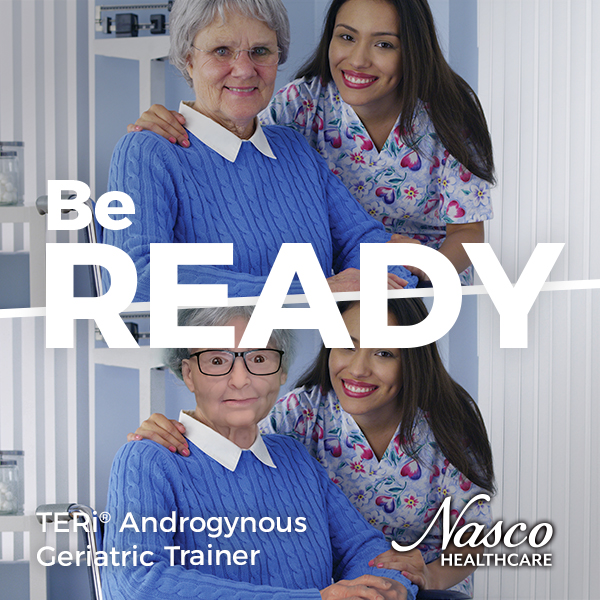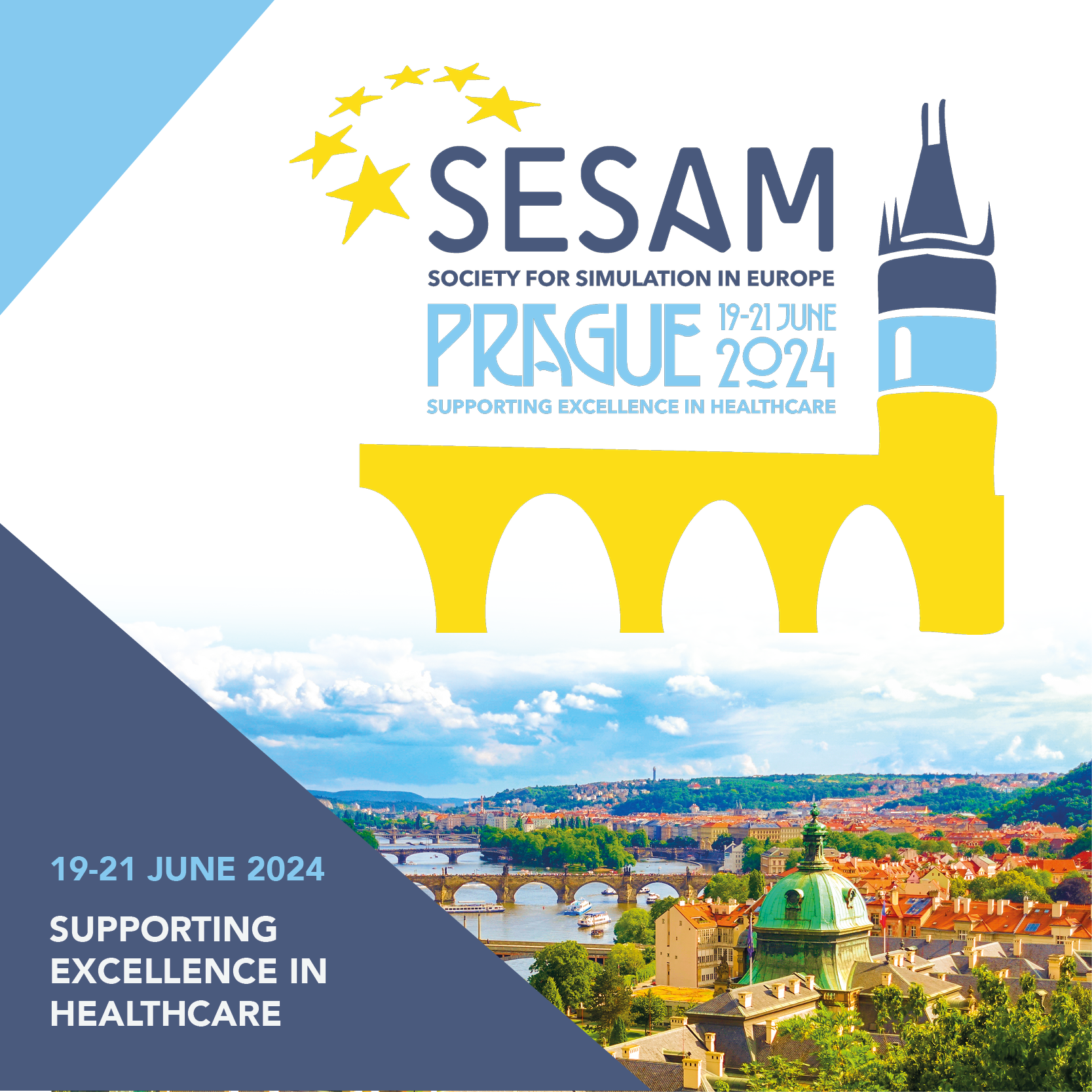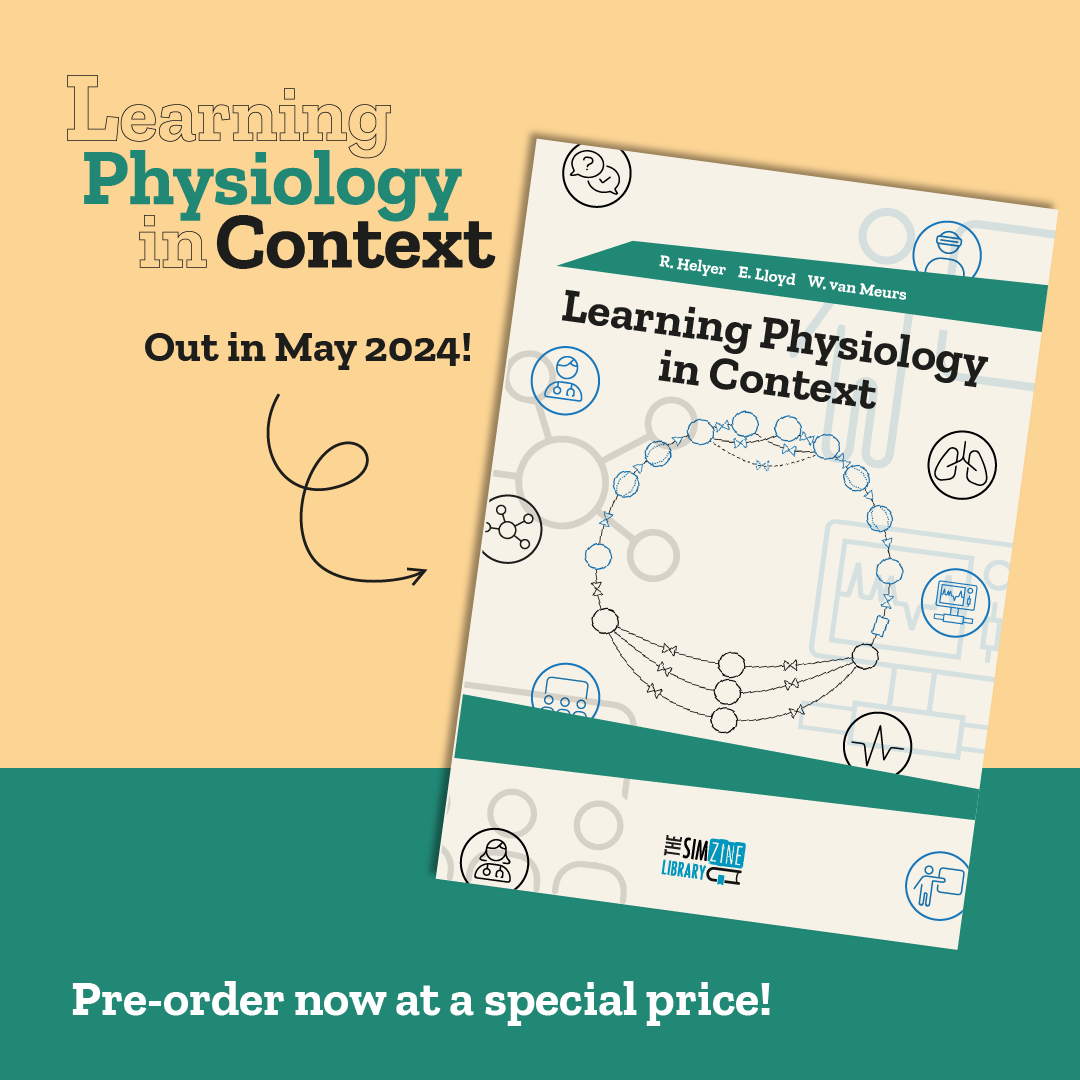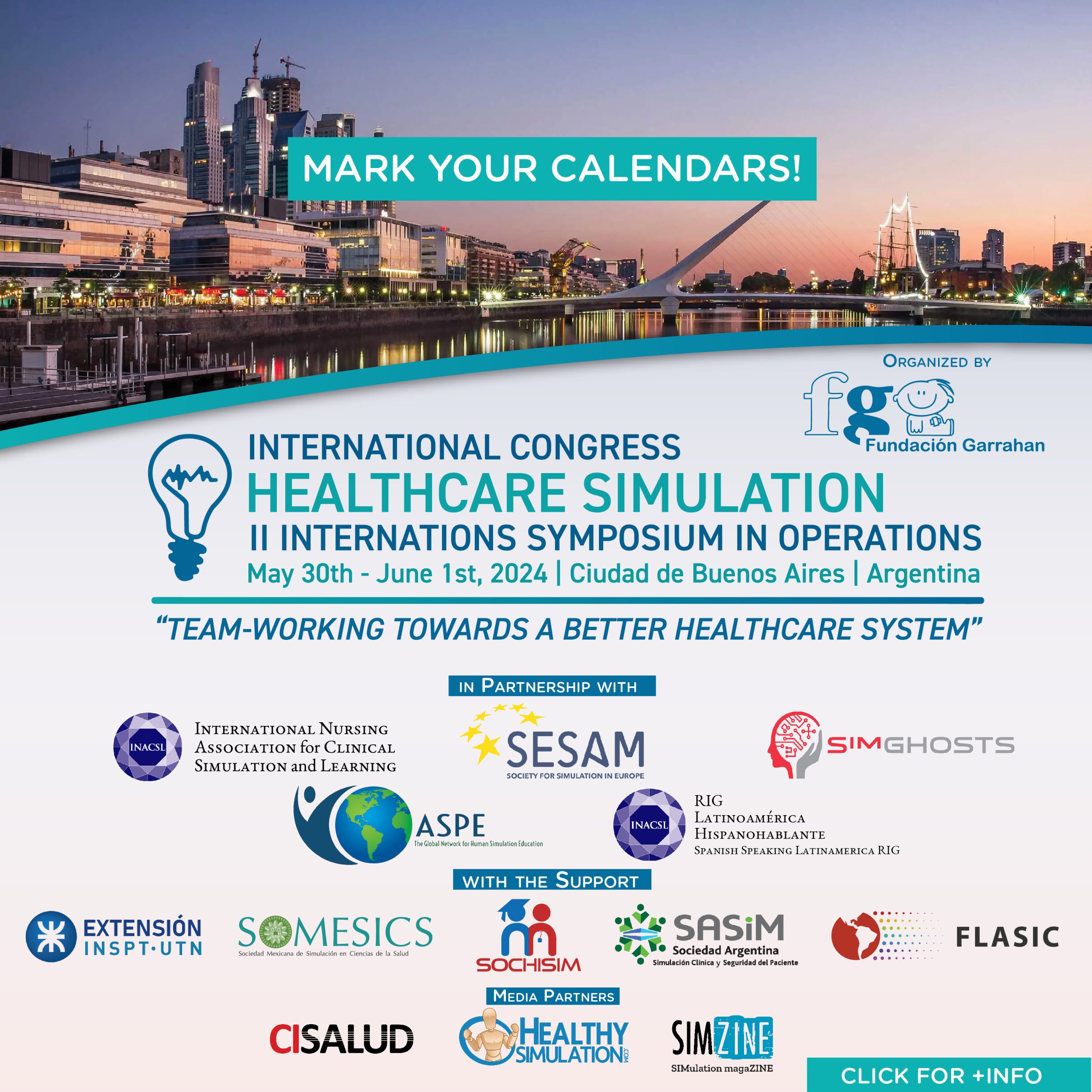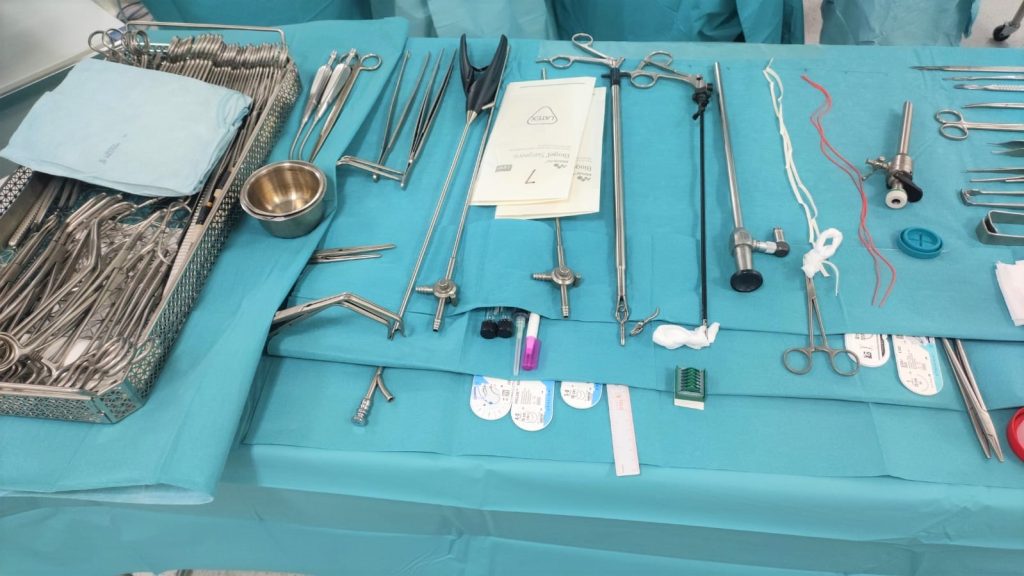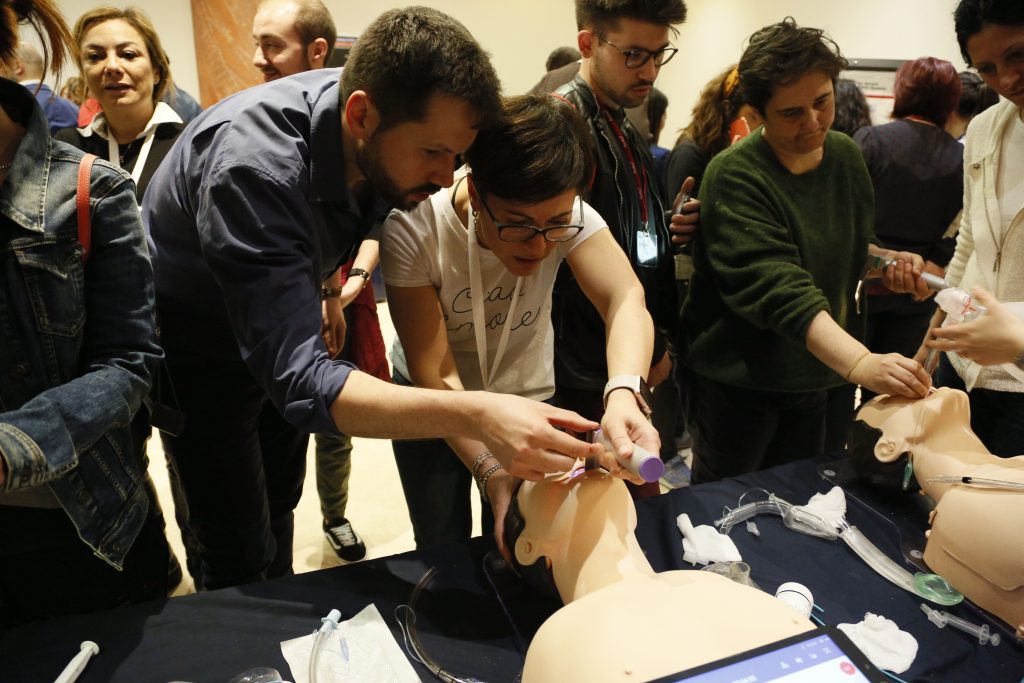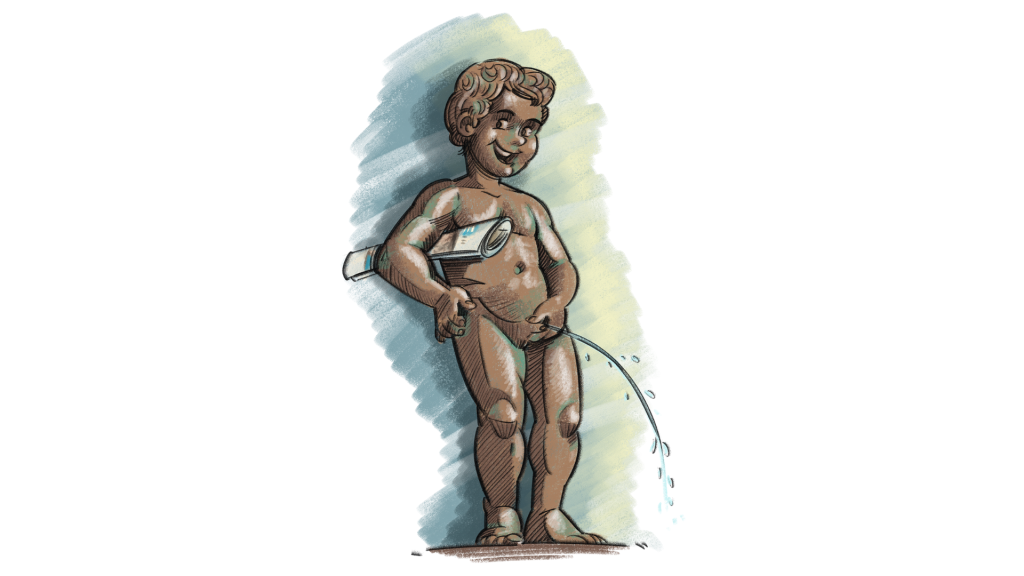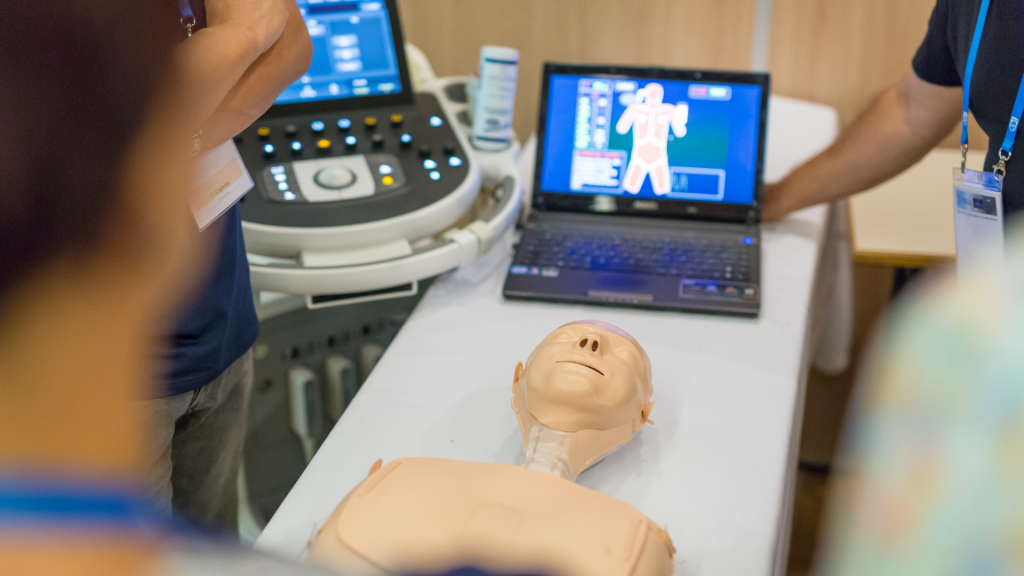In this new review of the Simulation Technician, Antonio Scalogna introduces us to GPhantom’s ultrasound-guided vascular access simulators, which are essential for training in the health professions, as they enable skills in inserting catheters or needles under ultrasound guidance.
Echo-guided vascular access simulators are an essential part of training within all healthcare professions, enabling healthcare professionals to acquire crucial skills in performing vascular accesses using ultrasound as a guide.
These simulators are advanced devices designed to faithfully replicate real patient conditions, allowing healthcare professionals to gain hands-on experience in the procedure of inserting catheters or needles into blood vessels under ultrasound guidance.
In this article, I will tell you about a simulator from the company GPhantom.
GPhantom is a company founded in 2014 that develops and produces medical simulators in different areas: paediatrics, anaesthesia, vascular access, biopsy, thyroid, face, kidney and palpation.
Thanks to Simulkare,which brought these simulators from the Brazilian company to Italy for the first time, I was able to try out two vascular access simulators very thoroughly during an ultrasound-guided vascular access course, being able to gather feedback from instructors who perform the manoeuvre on a daily basis and from trainees who were not learning how to perform it at the time.
Although the price is not high for its category, the materials used to build these simulators are absolutely valid. Compared to other simulators, this one gives a more pronounced needle feedback and this feature is absolutely essential in education.
Once the ultrasound is placed on the ultrasound machine, the image returned with and without gel is absolutely clear and free of any noise due to the material used: this allows not only a precise view of the arteries and veins, but also a complete view of the needle being introduced.
But there is one feature I have not yet mentioned, and that is the reabsorption of the various injections. Exactly after two days, all injections performed should disappear and, therefore, the simulator should return to its initial state. I admit that I was really very curious, so I took advantage of the course to put them ‘under stress’.
As you can see from the pictures below, the simulators were used a lot, about 4 to 5 hours in a row by both experienced instructors and learners who had never tried the procedure before. In addition to this, one of the two simulators was particularly damaged by continuous incorrect procedures, thus creating a clearly visible crack.


As you can see from the photos and screenshots taken immediately after use and after a week of ‘resting’ you can see a remarkable, almost astounding, self-repairing property of the gel, especially with regard to tearing. The only trick I have used on these pads, and which I actually use in other simulators of the genre, is to use a needle that is not too big (22 Gauge) and change it after 5 punctures, this just to minimise the problem of the trail during sessions.
Final verdict
In conclusion, I highly recommend the purchase of these pads from all points of view, both economical and functional, as the feedback returned by the needle insertion is not bad at all and, as you could see above, the durability is remarkable.

- Cheap
- Resistant
- Remarkable self-repairing properties
- Not disposable

- No possibility of inserting fluids
Antonio Scalogna



